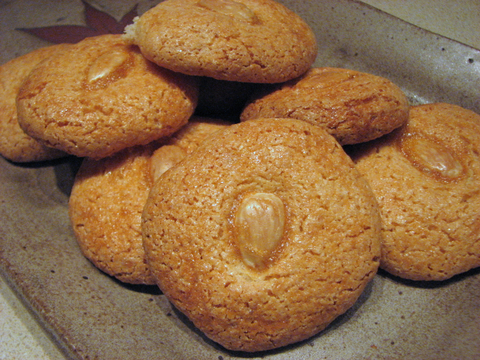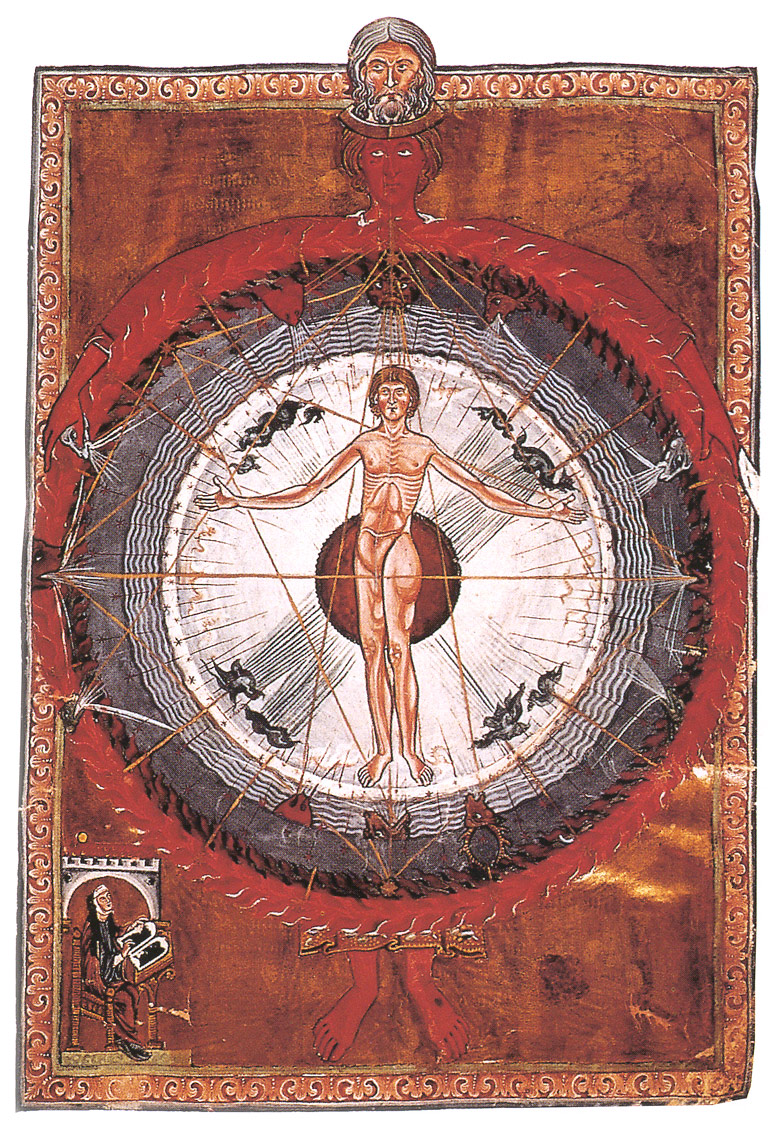|
Macun
Macun (in Turkish also Macun şekeri) is a soft, sweet and colorful Turkish toffee paste. It is a street food that may be prepared with many herbs and spices. Macun originated from spicy preparations of Mesir macunu, a traditional Turkish herbal paste from the classical antiquity period. During classical antiquity, macun was consumed as a pharmaceutical medicine. It was historically served in a round tray with separate compartments for the various flavors, a serving style that has continued into modern times. The consumption of macun is a part of some Turkish customs. Overview Macun is a street food that is often sold outdoors, especially during street festivals (''panayır''). It is a popular sweet among children. The color of various macuns may be vivid or bright. Macun may be prepared with a great deal of herbs and spices. Ingredients to flavor macun have traditionally included bergamot, cinnamon, mastic, mint, rose, lemon and plum. History Macun originated from spicy ... [...More Info...] [...Related Items...] OR: [Wikipedia] [Google] [Baidu] |
Mesir Macunu
Mesir Macunu () is a traditional Turkish sweet associated with the city of Manisa. Earlier versions of Mesir macunu were not sweet, but rather spicy in flavor. Macun is a sweet Turkish confectionery toffee paste that originated from spicy preparations of Mesir macunu. Herbs and spices used Below is a list of spices and herbs used in making the Mesir Paste, along with their Turkish and Latin names: *Allspice (Yeni bahar) (Pimenta dioica) *Alpina officinarum root (Havlıcan kökü) (Alpina officinarium) *Anise (Anason) (Anisum vulgare) * Black cumin (Çörek otu) (Nigella sativa) *Black Myrobalan (Kara halile) (Terminalia nigra) *Black pepper (Karabiber) (Piper nigrum) *Buckthorn (Topalak or Akdiken) (Nerprun alaterne) *Cardamon (Kakule) (Elettaria cardamomum) * Cassia (Hiyarsenbe) (Cassia) * Chebulic myrobalan (Kara halile) (Terminalia chebula) *China root (Cop-i cini) ( Smilax china) *Cinnamon (Tarçın) (Cinnamomum verum) *Cloves (Karanfil) (Syzygium aromaticum) *Co ... [...More Info...] [...Related Items...] OR: [Wikipedia] [Google] [Baidu] |
Turkish Cuisine
Turkish cuisine () is largely the heritage of Ottoman cuisine, Ottoman cuisine (Osmanlı mutfağı), European influences, Seljuk Empire, Seljuk cuisine and the Turkish diaspora. Turkish cuisine with traditional Turkic peoples, Turkic elements such as yogurt, ayran, kaymak, gains influences from Mediterranean cuisine, Mediterranean, Balkan cuisine, Balkan, Middle Eastern cuisine, Middle Eastern, Central Asian cuisine, Central Asian and Eastern European cuisine, Eastern European cuisines. Turkish cuisine shows variation across Turkey. The cooking of Istanbul, Bursa, İzmir, and the rest of the Anatolia region inherits many elements of Ottoman court cuisine, including moderate use of spices, a preference for rice over bulgur, koftes, and a wider availability of vegetable stews (''türlü''), eggplant, stuffed dolmas and fish. The cuisine of the Black Sea Region uses fish extensively, especially the European anchovy, Black Sea anchovy (''hamsi'') and includes maize dishes. The cuisi ... [...More Info...] [...Related Items...] OR: [Wikipedia] [Google] [Baidu] |
Manisa
Manisa () is a city in Turkey's Aegean Region and the administrative seat of Manisa Province, lying approximately 40 km northeast of the major city of İzmir. The city forms the urban part of the districts Şehzadeler and Yunusemre, with a population of 385,452 in 2022. Modern Manisa is a booming center of industry and services, advantaged by its closeness to the international port city and the regional metropolitan center of İzmir and by its fertile hinterland rich in quantity and variety of agricultural production. In fact, İzmir's proximity also adds a particular dimension to all aspects of life's pace in Manisa in the form of a dense traffic of daily commuters between the two cities, separated as they are by a half-hour drive served by a fine six-lane highway nevertheless requiring attention at all times due to its curves and the rapid ascent (sea-level to more than 500 meters at Sabuncubeli Pass) across Mount Sipylus's mythic scenery. The historic part of Manisa s ... [...More Info...] [...Related Items...] OR: [Wikipedia] [Google] [Baidu] |
List Of Turkish Desserts
This is a list of desserts from Turkish cuisine. See also * Outline of kadayif * List of desserts * Turkish cuisine References {{DEFAULTSORT:Turkish Desserts, List Of Turkish desserts, * Dessert-related lists Turkey-related lists, Desserts Cuisine-related lists ... [...More Info...] [...Related Items...] OR: [Wikipedia] [Google] [Baidu] |
Mysticism
Mysticism is popularly known as becoming one with God or the Absolute (philosophy), Absolute, but may refer to any kind of Religious ecstasy, ecstasy or altered state of consciousness which is given a religious or Spirituality, spiritual meaning. It may also refer to the attainment of insight in ultimate or hidden truths, and to human transformation supported by various practices and experiences. The term "mysticism" has Ancient Greek origins with various historically determined meanings. Derived from the Greek language, Greek word μύω ''múō'', meaning "to close" or "to conceal", mysticism came to refer to the biblical, liturgical (and sacramental), spiritual, and Christian contemplation, contemplative dimensions of early and medieval Christianity. During the early modern period, the definition of mysticism grew to include a broad range of beliefs and ideologies related to "extraordinary experiences and states of mind". In modern times, "mysticism" has acquired a limited ... [...More Info...] [...Related Items...] OR: [Wikipedia] [Google] [Baidu] |
List Of Desserts
A dessert is typically the sweet Course (food), course that, after the entrée and main course, concludes a meal in the culture of many countries, particularly western world, Western culture. The course usually consists of sweet foods, but may include other items. The word "dessert" originated from the French language, French word ''desservir'' "to clear the table" and the negative of the Latin language, Latin word ''servire''. There are a wide variety of desserts in western cultures, including cakes, cookies, biscuits, gelatins, pastry, pastries, ice creams, pies, puddings, and candy, candies. Fruit is also commonly found in dessert courses because of its natural sweetness. Many different cultures have their own variations of similar desserts around the world, such as in Russia, where many breakfast foods such as blini, oladyi, and syrniki can be served with honey and jam to make them popular as desserts. By type Brand name desserts A * Angel Delight B * Bird's Custard * Bompa ... [...More Info...] [...Related Items...] OR: [Wikipedia] [Google] [Baidu] |
Anatolia
Anatolia (), also known as Asia Minor, is a peninsula in West Asia that makes up the majority of the land area of Turkey. It is the westernmost protrusion of Asia and is geographically bounded by the Mediterranean Sea to the south, the Aegean Sea to the west, the Turkish Straits to the northwest, and the Black Sea to the north. The eastern and southeastern limits have been expanded either to the entirety of Asiatic Turkey or to an imprecise line from the Black Sea to the Gulf of Alexandretta. Topographically, the Sea of Marmara connects the Black Sea with the Aegean Sea through the Bosporus and the Dardanelles, and separates Anatolia from Thrace in Southeast Europe. During the Neolithic, Anatolia was an early centre for the development of farming after it originated in the adjacent Fertile Crescent. Beginning around 9,000 years ago, there was a major migration of Anatolian Neolithic Farmers into Neolithic Europe, Europe, with their descendants coming to dominate the continent a ... [...More Info...] [...Related Items...] OR: [Wikipedia] [Google] [Baidu] |
Hıdırellez
Hıdırellez or Hıdrellez ( or ''Hıdrellez''; or ''Xıdır Nəbi''; ; Romani language: ''Ederlezi'') is a folk holiday celebrated as the day on which the prophets Al-Khidr (''Hızır'') and Elijah#Islamic tradition, Elijah (''İlyas'') met on Earth. Hıdırellez starts on the night of May 5 and ends on May 6 in the Gregorian calendar, and April 23 (St. George's day for the Christians) in the Julian calendar. It is observed in Turkey, Crimea, Gagauzia, Syria, Iraq, the Caucasus, and the Balkans and celebrates the arrival of spring (season), spring. Khidr (), also transcribed as al-Khadir, Khader, Khizr, al-Khidr, Khazer, Khadr, Khedher, Khizir, and Khizar, is a figure described but not mentioned by name in the Quran as a righteous servant of God possessing great wisdom or mystic knowledge. In various Islamic and non-Islamic traditions, Khidr is described as a messenger, prophet, wali, slave, or angel who guards the sea, teaches secret knowledge, and aids those in distress. As ... [...More Info...] [...Related Items...] OR: [Wikipedia] [Google] [Baidu] |





